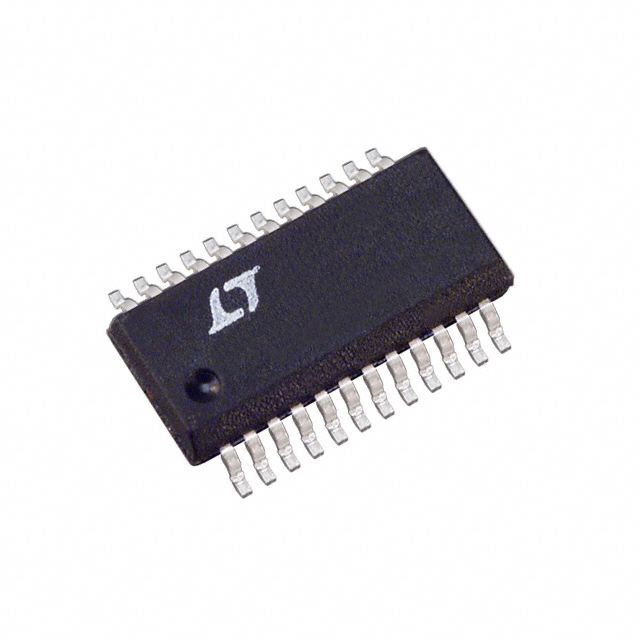LT5568-2: Features: `Optimized Image Rejection for 850MHz to 965MHz`High OIP3: +22.9dBm at 900MHz`Low Output Noise Floor at 5MHz Offset:No RF: 159.4dBm/HzPOUT = 4dBm: 153dBm/Hz`Integrated LO Buffer and LO Qua...
floor Price/Ceiling Price
- Part Number:
- LT5568-2
- Supply Ability:
- 5000
Price Break
- Qty
- 1~5000
- Unit Price
- Negotiable
- Processing time
- 15 Days
SeekIC Buyer Protection PLUS - newly updated for 2013!
- Escrow Protection.
- Guaranteed refunds.
- Secure payments.
- Learn more >>
Month Sales
268 Transactions
Payment Methods
All payment methods are secure and covered by SeekIC Buyer Protection PLUS.

 LT5568-2 Data Sheet
LT5568-2 Data Sheet







